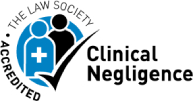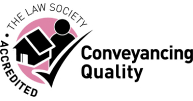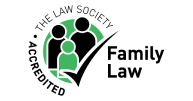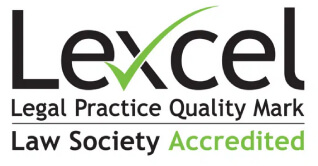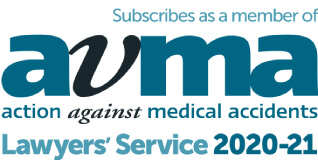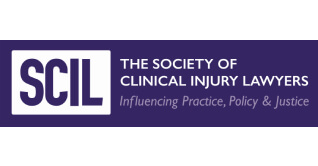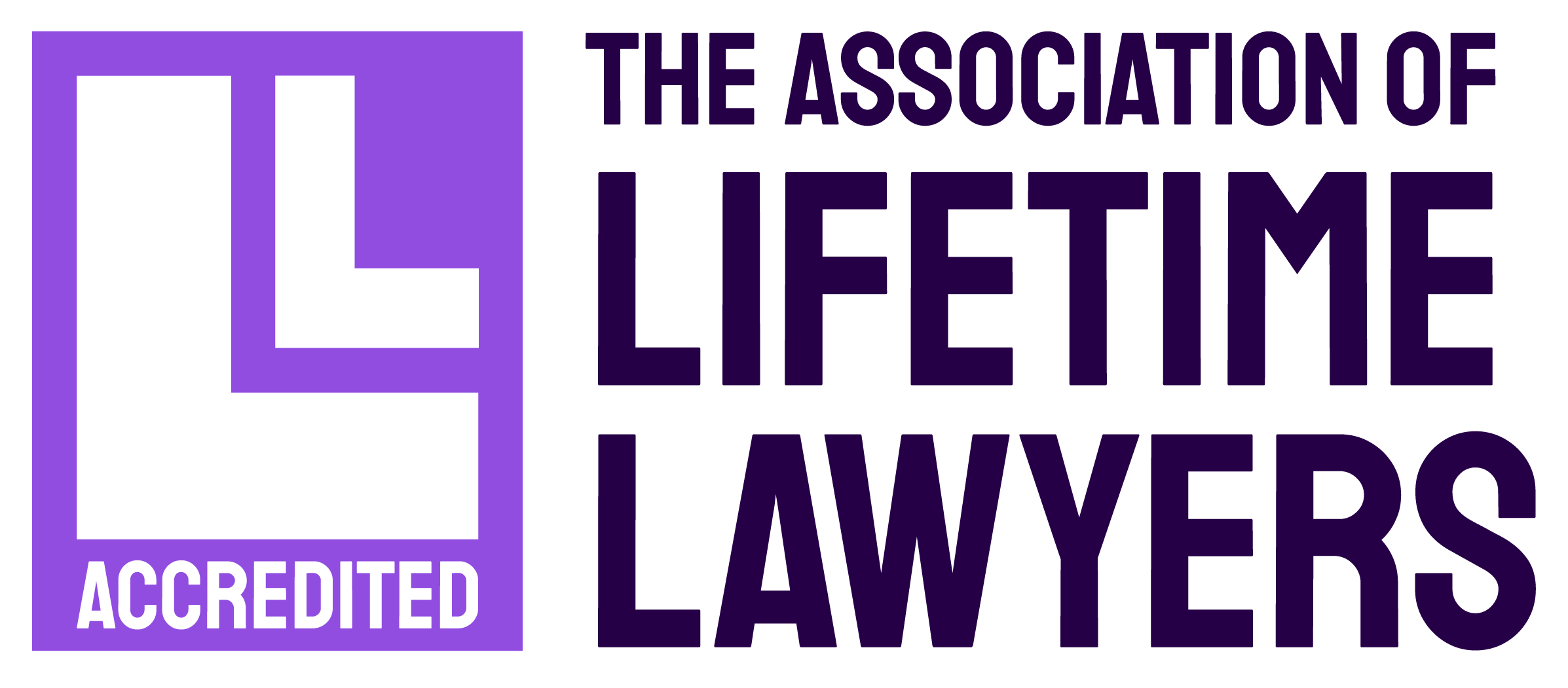A useful guide for employees and employers on the changes to PPE regulations at work
Here at Attwaters Jameson Hill we want to help employers and employees to remain safe and compliant, when it comes to PPE regulations. AND with World Day for Safety and Health at Work being celebrated on 28 April, the recent changes to PPE regulations are particularly pertinent.
It’s so important, whether you’re and employer or an employee, that you know what you should be wearing to keep you safe. Mistakes made in this area can be costly – both in terms of health and money!
Safety and Health Practitioner (SHP) have reported that changes to PPE regulations at work have now come into effect. Here’s how to remain compliant, SHP state:
“The updated Regulations apply to all employers in Great Britain in a wide range of sectors and industries.
Workers are required to use the PPE properly following training and instruction from their employer.
What’s changed in new PPE regulations?
This Instrument amends the PPER 1992 in order to extend employers’ and employees’ duties in respect of Personal Protective Equipment (PPE) to a wider group of workers, defined to include those who have more casual employment relationships than employees.
It amends Regulations 4 to 11 of PPER 1992 (see below) to extend the employers’ and employee’s duties in respect of PPE to limb (b) workers. The Employment Rights Act 1996 (Protection from Detriment in Health and Safety cases) (Amendment) Order 2021 came into force on 31 May 2021 in order to address the court judgment in relation to the Health and Safety Framework Directive (89/391/EEC).
The duties under the PPER 1992 apply whilst an employee is at work. Section 52 of the Health and Safety at Work etc. Act 1974 provides the meaning for “work” and related expressions. This Instrument modifies the application of section 52 to the PPER 1992 to extend the meaning of work to capture all workers, as defined in this Instrument.
Section 9 of the Health and Safety at Work Act 1974 places a general duty on employers not to charge employees for things done in pursuance of specific requirements of the relevant statutory provisions. This applies to requirements under the PPER 1992 as it is a relevant statutory provision. This Statutory Instrument modifies the application of section 9 to the PPER 1992 to ensure that limb (b) workers are not charged for PPE provided to them to ensure equality in the provisions between employees and limb (b) workers.
New PPE regulations – remaining compliant
Safety company Arco has compiled an expert guide to navigate this legislative change.
The amendment to the Personal Protective Equipment Regulations 1992, indicates that employers have the extended responsibility to provide adequate protective equipment to ‘limb b workers’ in addition to their employees.
Limb (a) regards any individual directly employed by the company permanently.
Limb (b) encompasses those who are not employees but are contracted to provide a service or those on a more casual work contract.
Both limb (a) and limb (b) workers are responsible for ensuring that they use the PPE supplied to them, in line with the regulations, and that they follow the training they receive. Where necessary, workers must also make sure to return their PPE to appropriate storage and report any losses to their employer.
If a company is found in breach of regulations, HSE inspectors have the authority to caution, withdraw approvals, serve notices and, in severe instances, prosecute those that infringe the law.
Adam Wilcock, Category Manager at Arco, said: “As experts in safety, ensuring that every worker goes home safely has always been our core purpose, so we support the regulatory change that will see more workers protected with PPE. There are, however, several actions that employers will need to undertake to be fully compliant in line with the update to the regulation.’
“Our expert guidance has been created to make adapting to this legislative change as simple as possible so that no one is caught out or left unsafe.”
Arco’s in-depth guide detailing advice on navigating these legislative changes can be found here.
Extension of duties
This Instrument does not provide for any additional duties under the PPER 1992; rather it extends existing duties.
The following existing obligations and requirements on employers and employees under the PPER 1992 will be extended to limb (b) workers:
Regulation 4 requires an employer to provide suitable PPE to an employee where risks to the employee’s health and safety cannot be controlled by other means
Regulation 5 requires an employer to ensure that where two (or more) pieces of PPE are worn simultaneously, they are compatible with each other
Regulation 6 specifies that before choosing any PPE an employer is required to make an assessment to determine whether the PPE they intend to provide will be suitable
Regulation 7 requires employers to ensure that any PPE provided to their employees is maintained, or cleaned/replaced, as needed
Regulation 8 requires an employer to ensure appropriate accommodation is provided for the when it is not being used
Regulation 9 requires employers to ensure that suitable information, instruction and training is provided to their employees who are required to wear PPE
Regulation 10 requires employers to take all reasonable steps to ensure that PPE they provided is properly used. Employees are required to ensure the PPE they are provided is used in accordance with the training and instructions they are given and take reasonable steps to ensure the PPE is returned to the accommodation provided after use
Regulation 11 requires employees to report the loss or defect of PPE that has been provided to them. “
You can download the latest guidance here. We highly recommend you take a look, whether you’re an employee or an employer these changes to PPE regulations affect you now.
Attwaters Jameson Hill’s Personal Injury department is known as Attwaters Accidents. Our specialist team is here to help you with any claims relating to personal injury and medical negligence.













